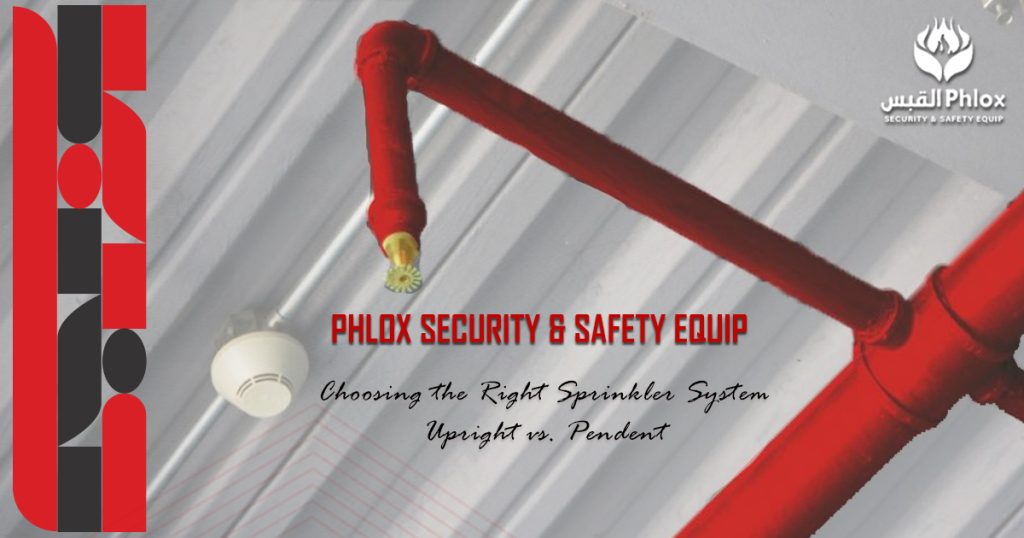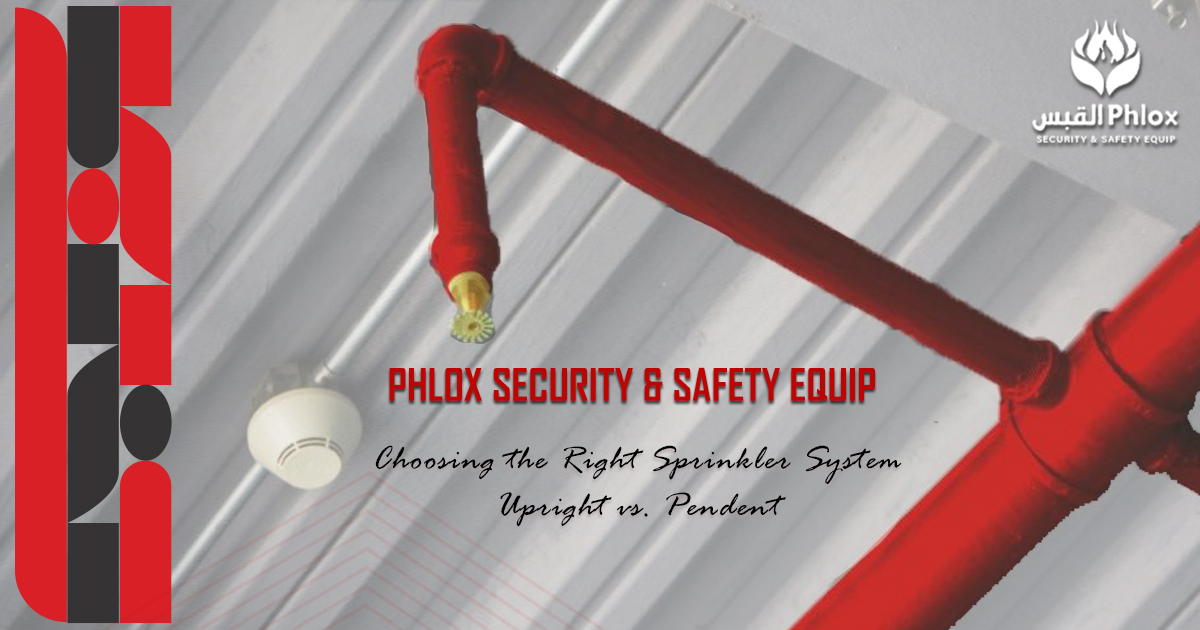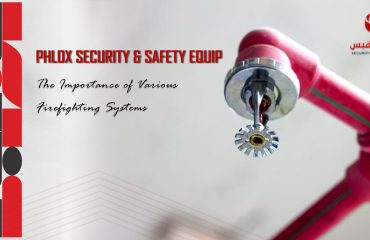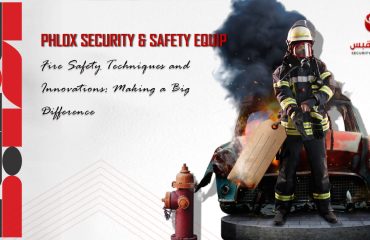
Choosing the Right Sprinkler System: Upright vs. Pendent
Sprinkler systems are the unsung heroes of fire safety in buildings, and two common types, upright and pendent sprinklers, serve distinct purposes. Understanding their differences can be crucial in ensuring effective fire protection. Let’s delve into the comparative analysis of these systems:
Sprinklers Design and Installation:
Upright sprinklers have their deflector at the bottom, directing water upwards in a hemispherical pattern. They are installed on the ceiling, providing protection to the area below. Pendent sprinklers, on the other hand, have their deflector at the top, directing water downwards in a circular pattern. They are installed below the ceiling, offering coverage to the area directly beneath.
Coverage Area:
Upright sprinkler is ideal for areas with obstructions on the ceiling, such as storage rooms or warehouses. It effectively navigates around structural elements. While Pendent sprinkler, with its wide coverage beneath the head, is well-suited for areas with relatively unobstructed ceilings, like offices or residential spaces.
Aesthetics:
Upright sprinklers are more visible as they hang down from the ceiling. While they serve a critical purpose, some may find them less aesthetically pleasing. Pendent sprinklers, however, tend to blend in with the ceiling, making them a preferred choice in spaces where aesthetics are a consideration.
Freezing Conditions:
In environments prone to freezing temperatures, upright sprinkler systems have an advantage. When the system is not activated, water drains out of the pipe, reducing the risk of freezing. Pendent sprinklers may be more susceptible to freezing since water can collect in the pipe.
Sprinklers System Maintenance and Accessibility:
Upright sprinklers are generally easier to access for maintenance and inspection due to their lower placement on the ceiling. Pendent sprinklers may pose a slight challenge, particularly in spaces with high ceilings.
In conclusion, the choice between upright and pendent sprinkler systems depends on various factors including building layout, aesthetics, and potential environmental conditions. Both systems play a vital role in fire safety, and consulting a fire protection professional is crucial in determining the most appropriate system for a specific environment. By making an informed choice, you’re taking a critical step towards safeguarding lives and property.
Related subjects:
The Crucial Role of Sprinkler Systems in Residential Buildings




